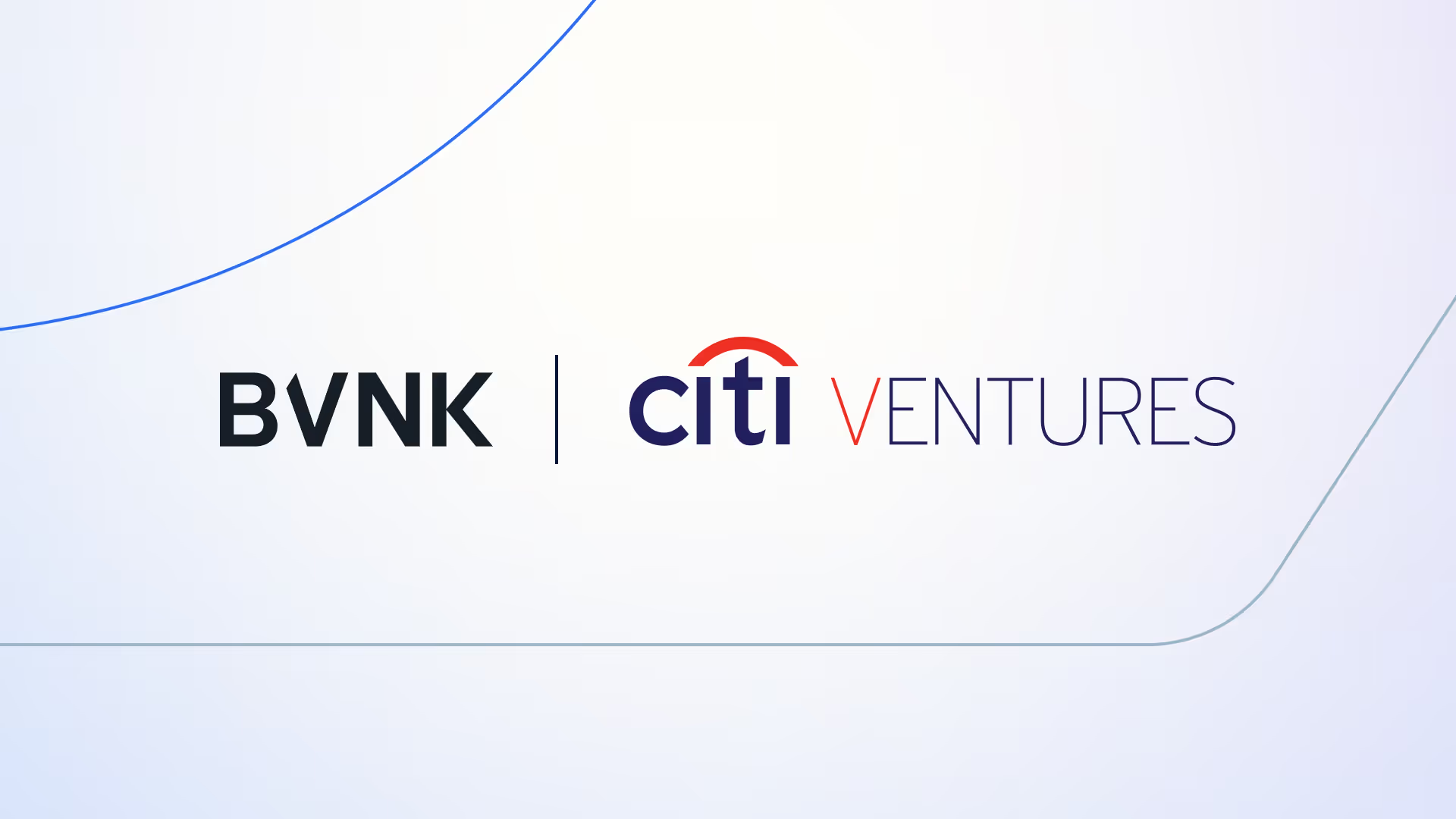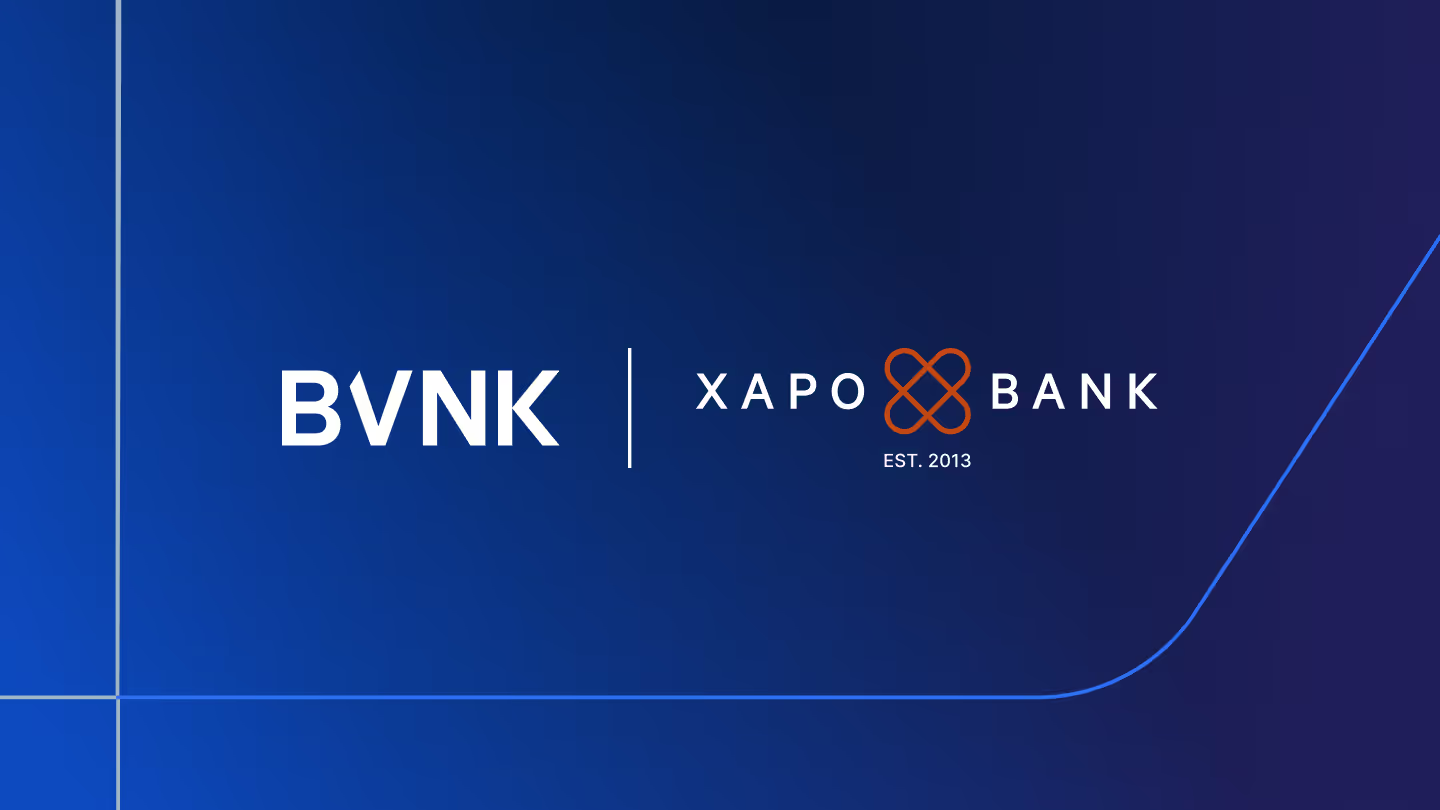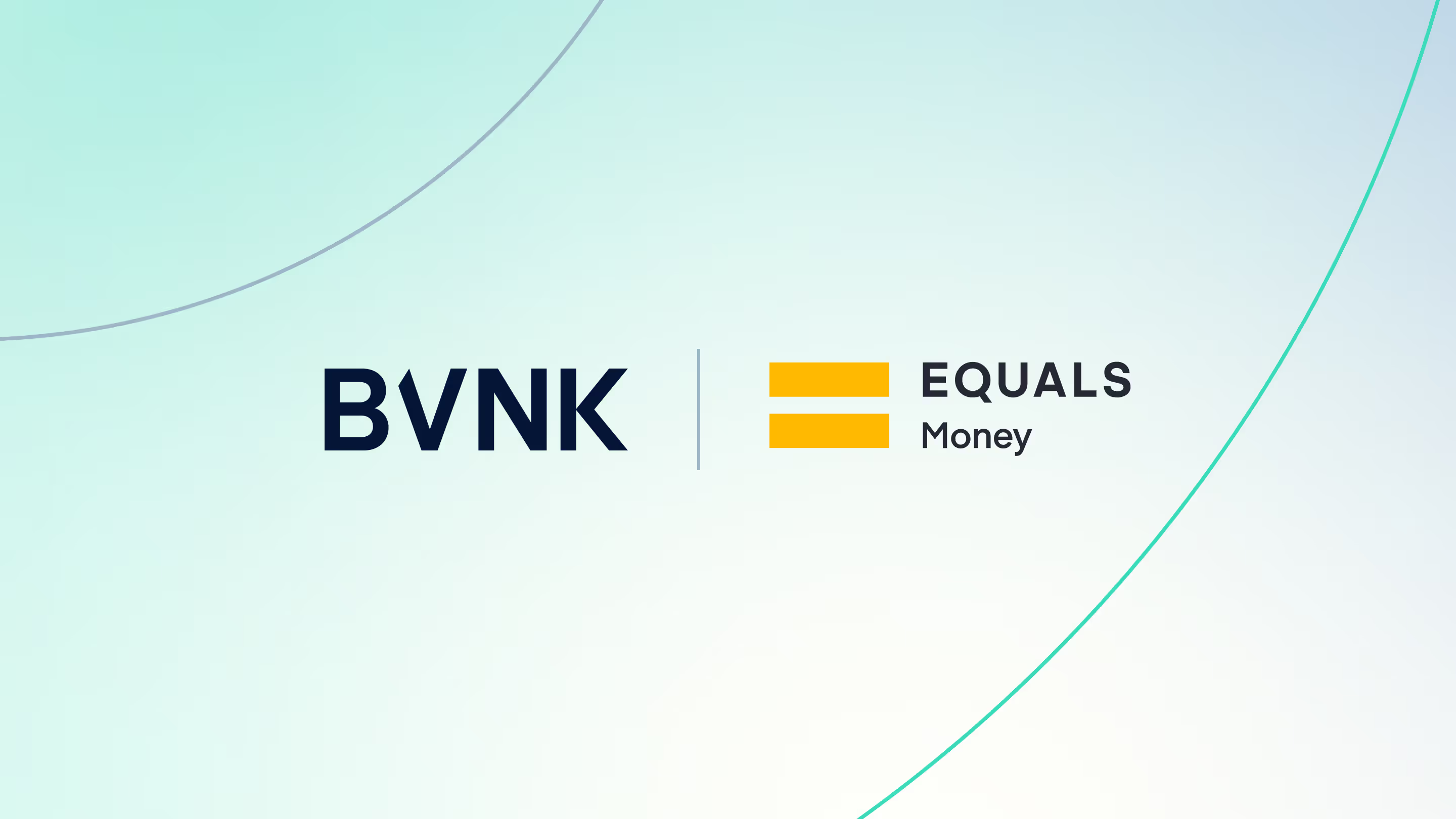A new era for stablecoins in the US?
Guide to navigating stablecoin compliance for US businesses.

It’s set to be a transformative year for stablecoin adoption in the US.
While the use of stablecoins outside the crypto industry has been held back in the US in recent years by a lack of regulatory clarity and restrictions applied to banks, things are about to change.
Right now, if you're a bank regulated by the OCC or the FDIC for example, you must first receive “no objection” from your regulator in order to custody digital assets, hold dollars as reserves for digital assets like stablecoins, or operate blockchain technology (See the OCC’s interpretive letters 1179, 1174,1172 and 1170).
But in the last few months, the US stance on digital assets has become more supportive. In October, Senator Hagerty’s stablecoin bill set the clearest path yet to regulating stablecoins in the US. A month later, Donald Trump’s victory in the US elections signalled the start of a pro-crypto administration, and in December, Trump named former PayPal chief operating officer David Sacks as his “crypto czar”, promising “transparent regulatory guidance for the benefit of the industry”.
Progress came quickly in January as President Trump signed an executive order supporting the growth and use of “legitimate dollar-backed stablecoins” and promising regulatory proposals in 180 days. The order also promises “fair and open access to banking services”, suggesting an end to widespread debanking of the US crypto industry.
February kicked off with refreshed proposals for regulating payment stablecoins in the form of the Guiding and Establishing National Innovation for U.S. Stablecoins (GENIUS) Act, introduced by Chairman Scott and Senators Hagerty, Lummis and Gillibrand. The details are still to be worked through, but it’s clear that this is the start of a new era for digital assets in the US.
What does it mean for US businesses?
We’ve seen in Europe that the MiCA regulation for digital assets is bringing industry-wide trust to stablecoins, making them safer for users and more attractive for businesses. This move by the new US administration is an encouraging sign for US businesses, signalling support for stablecoins at the highest level.
But while new federal regulation in 2025 looks very likely, businesses must still be prepared to navigate state-level differences.
Today, the licensing system for financial services in the US has given rise to a wide variety of rules across different states. In New York for example, a robust licensing regime is in place, overseen by the New York State Department of Financial Services. In Montana digital assets remain unregulated (no license required), and in California, regulation is incoming.
Even among those states that require Money Transmitter Licenses (MTLs), rules vary. For example, whether or not you need a license for stablecoin payments can depend on exactly the type of payment you’re doing, and where the sender, recipient and payment processor are located.

If your business is exploring launching a stablecoin product, or managing stablecoin payments, it’s important to work with a partner who can help you navigate this fragmented picture.
At BVNK, we work closely with regulators to better understand their expectations, and to stay ahead of developments. Our experienced compliance, risk and technical teams support our customers through the process of integrating stablecoins, for example helping them understand whether they need to be licensed for their use case, or whether they’re able to rely on BVNK's licenses and due diligence processes.
Are stablecoins compliant with Anti Money Laundering (AML) rules?
Whether you are an unregulated fintech or a regulated financial institution via state licensing boards, you need to apply AML rules and transaction monitoring for stablecoins in the same way you do for traditional payments.
If your business is working with a partner to process stablecoin payments, you’ll need to get comfortable with their approach to AML.
Rules on AML for crypto asset service providers do differ slightly from jurisdiction to jurisdiction – for example payment thresholds can change – but core obligations remain the same. For example, you must:
- have an effective financial crime control framework in place
- carry out enhanced due diligence on your customers
- and monitor transactions and report any suspicious activity.
You must also adhere to Travel Rule requirements, securely sharing information with your counterparty provider, about who is sending the payment and who the payment is intended for.
The good news is that AML measures can be just as effective, if not more effective for stablecoins as they are for traditional payments, if you work with the right partners and combine it with the right tools and practices. The transparent, auditable and permanent nature of blockchains, combined with advanced blockchain analytic tools, enables providers, law enforcement and regulators to detect and prevent crime with a high degree of efficacy.
At BVNK, we take a multi-layered approach, including customer identification and due diligence, and deploying blockchain analytics tools to carry out real time transaction monitoring. Plus we offer an additional layer of protection by using machine learning to unveil new risks.
For BVNK customers who opt for an embedded stablecoin wallet experience in their own platform and brand, BVNK provides compliance-as-service – handling the KYC/B of our customer’s customers.
A compliance-first approach to stablecoins
BVNK holds financial services licences and regulatory approvals around the world. We're a registered MSB with multiple MTLs across the US. We’re also regulated as an EMI in the UK and Europe and registered for crypto services in Europe, allowing us to offer stablecoin services globally.
We’re here to support global businesses that are looking to integrate stablecoins, so they can confidently navigate this exciting space. If you are interested in hearing about the stablecoin payments products we are launching in the US, get in touch.
Latest news
View allGet payment insights straight to your inbox



.jpg)






.avif)


.jpg)





